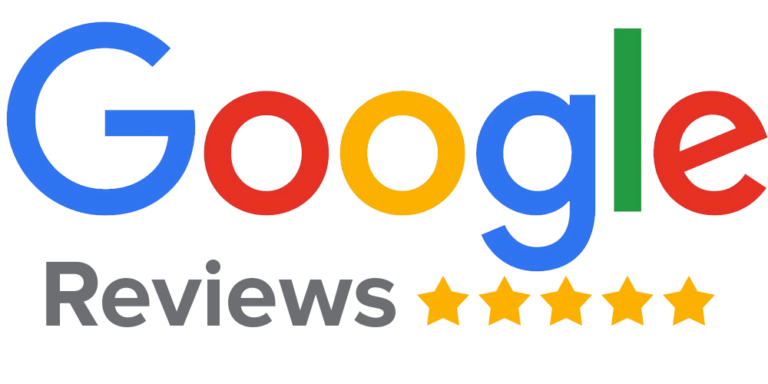Written by Bianca Baldo
Part 3 – Best practices and recommendations for working with employees and leaders with disabilities.
Starting your journey towards the inclusion of persons with disabilities requires leadership, reflection, investment, and humility.
Many employers still struggle with how to offer meaningful support to employees and leaders with disabilities. An important first step to recognize the spectrum of different disabilities requires a tailored approach to hiring and retention. It is not a one-size-fits-all solution.
Becoming a leader in workplace diversity and inclusion for leaders and employees with disabilities can be done. It requires transparency in your hiring practices, openness, assertive communication, fairness in working conditions, access, and control to opportunities for all. Below we have provided a few starting points and recommendations to begin your workplace journey toward inclusive practices.

1. Support a person-first approach that incorporates the principles of Nothing about us; Without us.
Adopt a person-first approach that sees the employer’s diverse strengths and weaknesses and creates a work environment that is inclusive and beneficial for people for everyone. This can include working with employees to modify working arrangements, such as a flexible work schedule, compressed workweek, part-time work arrangement, etc., that meet individual needs. Encourage assertive communication between management and staff to define and support a clear and comprehensive mitigation strategy and plan.
2. Embed accessibility into every part of your recruitment process.
Development of clear and transparent policies and practices around hiring and promotion. It is not enough to say we encourage applicants with disabilities to apply. Rather, provide online links in job descriptions, documents and opportunities for employees with disabilities to communicate with HR and ask questions about the specific policies and initiatives to accommodate. Ensure that your hiring process adopts plain language and accessibility principles to ensure that all applicants and candidates have equity in the process.
3. Promote salary parity for all employees.
People with disabilities across the Canadian provinces and territories, except Nunavut, have much lower incomes than their non-disabled peers. The income of people with disabilities in Nunavut is 92.7 %, similar to people without disabilities, making it the best-performing Canadian jurisdiction. It is critical to ensure that your workplace provides income parity between similar jobs to employees with disabilities, specifically not using the disability of an employee as a justification to offer less because of the modified work description.
4. Create opportunities in leadership for people with disabilities.
Work with employees with disabilities to establish a case-by-case assessment of best practices that suit full participation and increased leadership in the workplace. Develop tailored vocational training services and programs that align with individual upward mobility into leadership positions. Support hiring and promoting employees with disabilities into a leadership position by offering career advancement and adaptability training within your workplace.
5. Confront Ableism directly through Diversity, Inclusion and Equality training and awareness.
Provide Diversity, Equality, and Inclusion (DEI) training, specifically the impacts of unconscious bias and Ableism on hiring and advancing people with diverse disabilities, especially those who also belong to other equality-seeking groups. Promote a work environment with zero tolerance for Ableism, including promoting people with diverse minds to leadership positions.
6. Seek understanding and best practices by engaging with the local disability community.
Collaborate with community organizations such as the Council of Canadians with Disabilities (CCD), DAWN Canada, Diversity, Equality and Inclusion specialists such as Intersol Group, and employees with disabilities to identify best practices in recruiting and retaining employees with disabilities.
7. Be open-minded, willing to change, and humble when approaching support services for employees and leaders with disabilities.

Clearly, no one size fits all, there is no magic wand to develop and implement best practices, and no ultimate decision to ensure that employees with disabilities are well supported in the workplace. Each approach requires ongoing communication in the design, implementation, and monitoring, with opportunities to adjust throughout the working relationship. Employees with disabilities are best-suited to help with this process, and this can be the difference between token versus tailored support for employees.
Be prepared to continuously revaluate your process and make corrections when support services require tweaking. It is the process that is the most important; it is about creating space, listening for understanding, supporting ideas, and demonstrating flexibility when change is required.
If this article made you want to learn more, please come check out Part 1 & Part 2 of the series.
Intersol offers a wide range of services around DEI, please reach out to me if you need support on this journey. You can contact Intersol at info@intersol.ca


